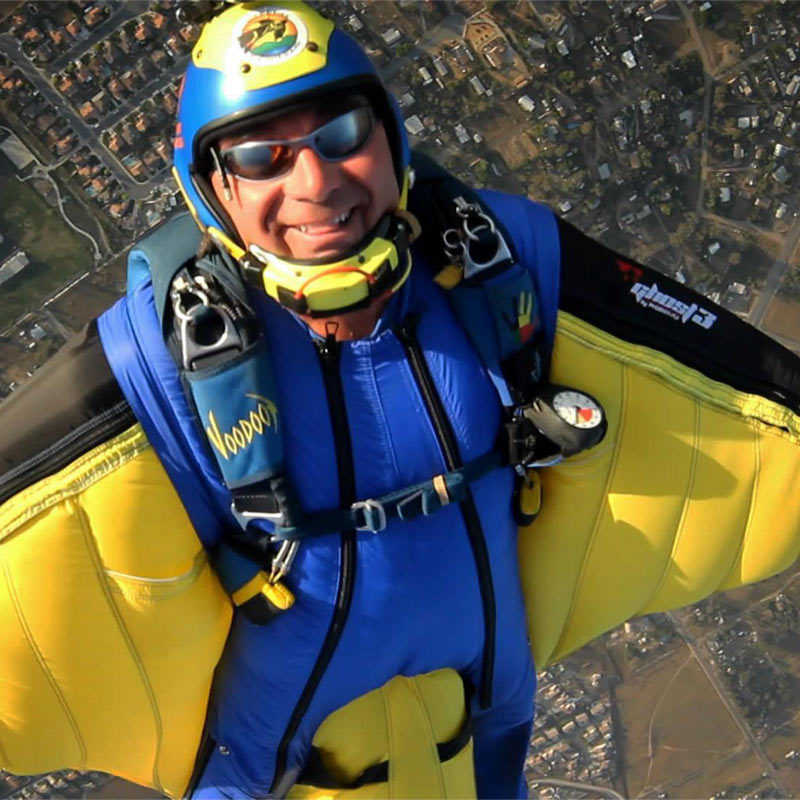Recommended Posts
riggerrob 644
The biggest canopies are 500 square foot military tandems.
The smallest canopies are the sub-100s worn by professional pond swoopers. The smallest canopy - that has been landed without injury - was a 49 square-footer. Mind you that was by a professional test pilot and occurred at the end of a year-long test program.
On a practical note: most sport jumpers use parachutes in the 190 to 120 square foot range. Size is determined by weight and experience. The smallest canopies are only jumped by young men who "feel the need for speed."
A common question is" "Does this canopy make my ass look fast?"
How do you know if your parachute is too small?
... by the sound of your femur breaking!
(Sick humor)
The smallest canopies are the sub-100s worn by professional pond swoopers. The smallest canopy - that has been landed without injury - was a 49 square-footer. Mind you that was by a professional test pilot and occurred at the end of a year-long test program.
On a practical note: most sport jumpers use parachutes in the 190 to 120 square foot range. Size is determined by weight and experience. The smallest canopies are only jumped by young men who "feel the need for speed."
A common question is" "Does this canopy make my ass look fast?"
How do you know if your parachute is too small?
... by the sound of your femur breaking!
(Sick humor)
piisfish 140
39 wasn't it ?QuoteThe smallest canopy - that has been landed without injury - was a 49 square-footer.
I agree with the rest.
scissors beat paper, paper beat rock, rock beat wingsuit - KarlM
wilcox 0
QuoteThe biggest canopies are 500 square foot
There are much bigger canopies! They are very heavy though
largest thus far is 9,000 square feet, and can hold 30,000 lbs. 

CLICK HERE! new blog posted 9/21/08
CSA #720
CSA #720
Froggy 0
QuoteThe deployment method shown in your picture is sometimes used in crw, called russian pullout: the pilot chute is packed in the BOC but you pull the pin before you release the pilot chute.
Interesting! I've never heard of this (among the whole lot of other things, I am sure
--------------
We were not born to fly. And all we can do is to try not to fall...
We were not born to fly. And all we can do is to try not to fall...





The system you describe more or less has existed in older systems, I don't know if there are current manufacturers using this design.
There is an advantage to having the PC be clear before pulling the pin; it's going to be grabbing good air already, which raises confidence that the Dbag and lines will deploy properly.
Share this post
Link to post
Share on other sites